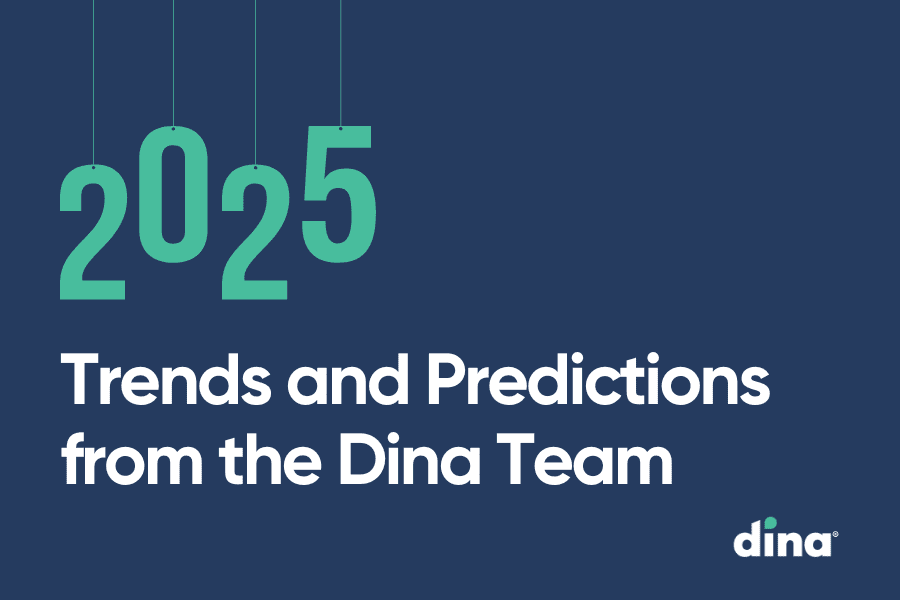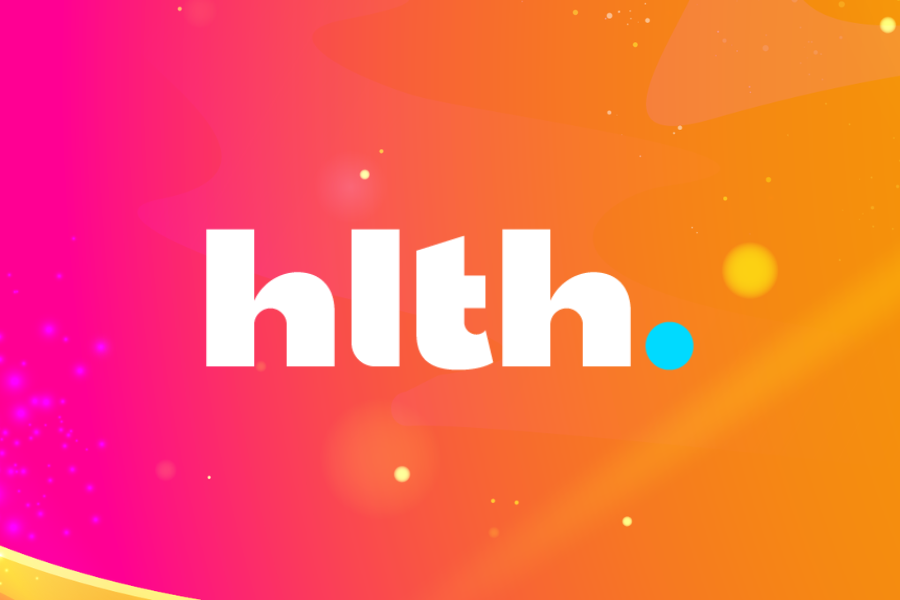Recent advances in healthcare interoperability, the process of freely exchanging information among electronic systems, are important but still incomplete. When you look at all of the coordination required in a patient’s journey from the hospital to home, there is a glaring omission: the home.
The evolution of interoperability from point-to-point HL7 interfaces to FHIR (and all the stops in between) have made it increasingly easier to exchange chart-level data–blood pressure, medication, lab results—between hospitals and physicians. But a huge chunk of activity is still missing.
Proposed changes would connect more data
Recently proposed policy changes from the Centers for Medicare & Medicaid Services (CMS) aim to improve electronic access to health information. The proposal would require many providers and insurers to adopt a secure, standard format for accessing electronic patient data by 2020.
This would get us closer to where we need to be, which is to connect more sources of data than simply what’s in the EHR. Ultimately, this should include all that happens outside of the hospital or doctor’s office, like home health visits, physical therapy or how a patient is responding to medication. We’ve seen that the social determinants of health data emerging from the home have a bigger chance of impacting outcomes and preventing readmissions than traditional clinical data.
Family caregivers need to be part of conversation
In addition, the exchange of chart-level data is not available to everyone, most importantly home-based providers and family caregivers who are taking care of their loved ones on a daily basis. They’re left out of the conversation and that’s what we’re trying to solve with our Dina network.
Secure communication is still at the heart of interoperability in healthcare. Most providers are still using fax machines and phones to communicate back and forth. We believe it’s important to open up natural and secure communications channels and have conversations to provide real-time data.
Families want quick, secure answers
Most home providers and family caregivers want to get answers quickly and securely. They’re not so concerned about the flow of chart-level information. And since they’re on the front lines, that information is often dated when it does reach them, and there is no avenue to communicate with hospital case managers who are responsible for patient outcomes.
After working on interoperability in healthcare for over a decade, I’m proud of the progress we’ve made, but we’re far from being able to securely communicate and transmit data back and forth to everyone in the care continuum. Until everyone is connected, from the hospital to the home, we will still have a blind spot into determining the best course of action for patients and loved ones.
Ready to join the Dina network? It’s HIPAA-compliant, simple to join, and easy to use.




